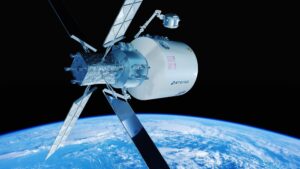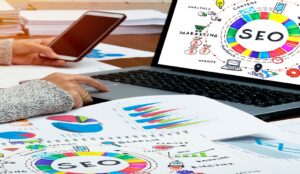Although human error and the weather are some of the common causes of accidents, damages on road structures are also common causes. Most accidents occur due to bad roads and sometimes bad bridges.
Although most of the time, avoiding such accidents is impossible, some measures can be taken with the use of technology. Technology has advanced so much that it makes it possible to identify damages in many road structures and bridges.
With such advancements, degradation and erosion caused by roads by weather conditions can be easily monitored and repaired as soon as possible. It helps in saving lives as well as money because it ensures that the damages are rectified before they become too much.
Detection
Artificial intelligence is excellent at detecting issues before they happen. It is why they are used partly for detective purposes.
Cracks are usually some of the first signs that appear on bridges before too much damage is done. It is therefore paramount that they are detected early enough before they become more extensive, or the bridge breaks down.
AI is excellent at detecting those cracks as soon as they start appearing. Some of them made with algorithms hence gives them the ability to detect the length of the crack or how deep the crack is. It will allow the inspection of the bridge to be more comfortable and more accurate and as a result, will help enhance the safety of the bridges.
Inspectors will be able to get precise information from such AI and come up with the most effective methods of rectifying the problem before accidents occur.
Videos
Videos are great for the revision of the files captured. AI can use algorithms that capture videos that can help review the status of the bridges. The videos also help in showing how the damage has been done to rectify them correctly. Trying to analyze the area manually can be time-consuming and is prone to errors.
AI cameras are also capable of filming the region at a 360-degree angle, thereby allowing the view in every direction. Getting such a view can sometimes be impossible when done by humans.
AI also makes it possible to store the footage for later reviews. This helps in proper planning since the stored video clip can be reviewed with a clear mind and set of mind to give a new perspective that will be more helpful.
Imaging
Imaging also works like videos, but it produces the images instead of video clips. AI images are so advanced that they are usually able to capture geospatial data.
Therefore, it allows the involved parties to trace the damaged bridges and the extent of the damages to the exact location. It increases efficiency because it eliminates the need for manual movement from one place to another in search of such damages.
Also, it reduces the time spent inspecting bridges. One only needs to install the right AI, and it will handle the rest. Instead of using visual road checks like traffic cones, AI can be used to enhance safety on the roads.
Frequency
In most regions, road inspections are done sporadically. It is in rare conditions that inspectors will go to the roads frequently. It is usually understandable because frequent reviews from one place to another manually can be tiring and time-consuming. The resources needed for the job are so many, and that ends up being a burden on citizens.
AI eases that burden and increases the frequency with which road inspections can be done. Inspectors will only visit the site once AI has confirmed that it is damaged. It results in efficient, rate, and cost-effectiveness as well as safer roads and bridges.
Time
Before the adoption of AI, inspectors used to take a lot of time as they move from one bridge to the next.
With AI, they can be able to see the exact bridge that needs attention and attend to it immediately. Instead of moving through multiple bridges before getting to the right one. They can now get the relevant information from AI then move there directly, thereby reducing the chances of accidents.
Conclusion
AI is adopted in many industries, and roads and traffic shouldn’t be left behind. The advantages they have to outweigh the demerits, especially when it comes to safety. It is, therefore, right that AI is used whenever applicable to help keep the roads safer.




